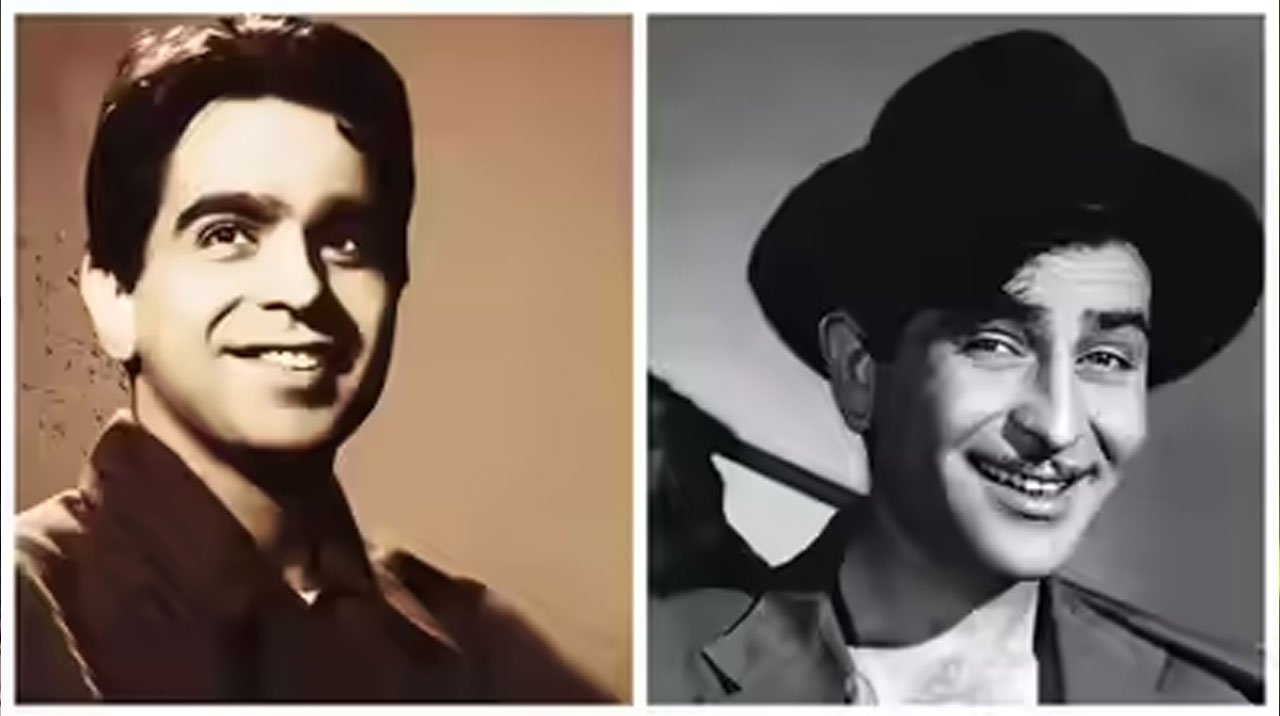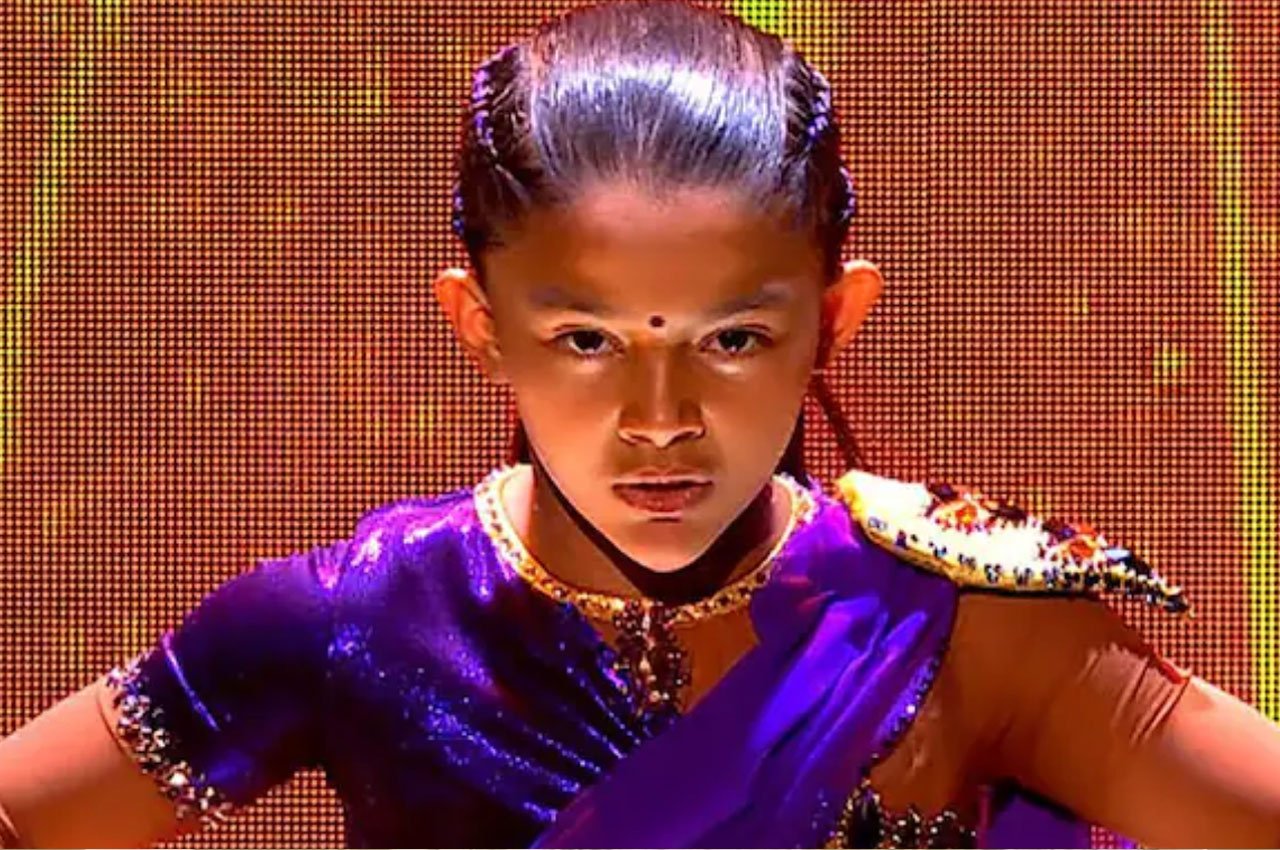In a landmark move bridging cinematic legacy and cultural preservation, the ancestral homes of Bollywood icons Dilip Kumar and Raj Kapoor in Peshawar’s Qissa Khwani Bazaar have entered a two‑year restoration project, with plans to transform them into heritage museums. The initiative, backed by the Khyber Pakhtunkhwa government, is estimated at ₹70 million (PKR 70 million) and aims to revive early 20th‑century colonial‑era architecture while celebrating the lives and careers of two legends of Indian cinema.
Restoration Underway: Structure, Aesthetics and Legacy
The restoration work officially began on Monday and is supervised by the Directorate of Archaeology and Museums, under the guidance of Dr. Abdus Samad, Director of Archaeology. The project will include both structural and aesthetic rehabilitation, aiming to restore the buildings to their original form and architectural beauty.
Declared national heritage sites on July 13, 2014, by then Pakistani prime minister Nawaz Sharif, the two residences have long stood as silent testaments to shared cultural memory across the subcontinent.
Cultural Tourism: Heritage, Economy and Employment
The broader vision behind converting the ancestral homes into heritage museums is to boost heritage tourism, attract international visitors, and generate local employment and economic opportunities. Zahid Khan Shinwari, Tourism Advisor for the provincial government, highlighted that with World Bank support, these heritage landmarks would become global tourist magnets.
Cinematic Legacy Preserved
- Dilip Kumar (born Mohammad Yusuf Khan in 1922) hailed from the Peshawar residence before moving to Bombay in the late 1930s. Over decades, he earned fame as one of Hindi cinema’s most revered actors, known for his nuanced performances in films like Devdas and Gunga Jumna.
- Raj Kapoor, born in Kapoor Haveli in 1924, rose to become Bollywood’s “Greatest Showman”, with seminal films such as Awaara and Shree 420. The Kapoor family left Peshawar after Partition, and the building eventually changed hands over the decades.
Together, these homes represent not just architecture but the personal histories and early inspirations of two titans whose legacy cut across borders.
Why This Heritage Project Matters
- Preserving film history: Converting Dilip Kumar and Raj Kapoor’s homes into museums ensures future generations connect with the origins of Indian cinema.
- Cross-border cultural respect: The project symbolizes collaborative heritage appreciation between India and Pakistan.
- Economic uplift: Opening these sites as museums will drive tourism in Khyber Pakhtunkhwa, potentially generating jobs and local business growth.
- Architectural revival: Carefully restoring colonial‑era facades and interiors celebrates historical craftsmanship and design.
What Lies Ahead: Visitor Experience and Museum Goals
Once completed, visitors will step into curated museum spaces showcasing photographs, memorabilia, early life stories, and cinematic milestones of Dilip Kumar and Raj Kapoor. These museums aim to be immersive, educational experiences intertwining personal biography and cinematic artistry. The restoration timeline extends over the next two years, with continuous oversight by the Directorate of Archaeology and support from government and international partners. Local stakeholders have voiced optimism that the upgraded sites will anchor Peshawar’s cultural tourism circuit.
Photo Credit: Times of India
For more entertainment stories click here
Follow us for latest updates:




